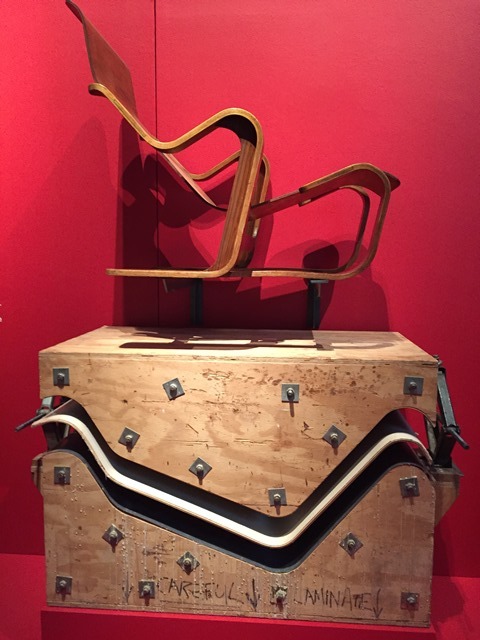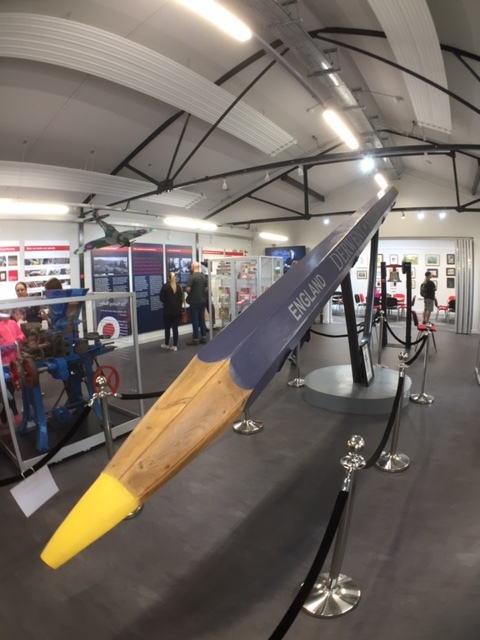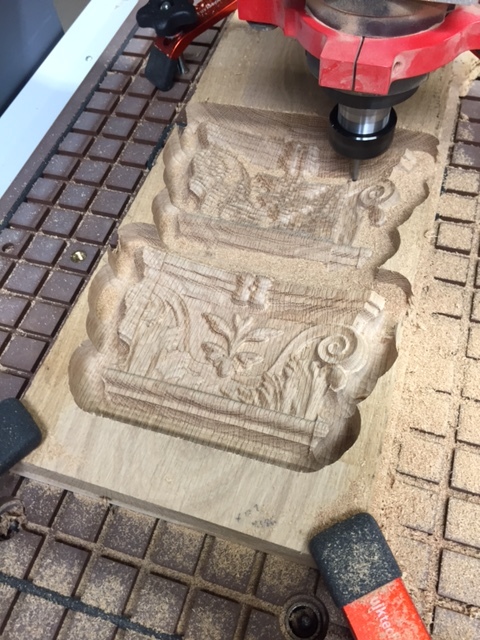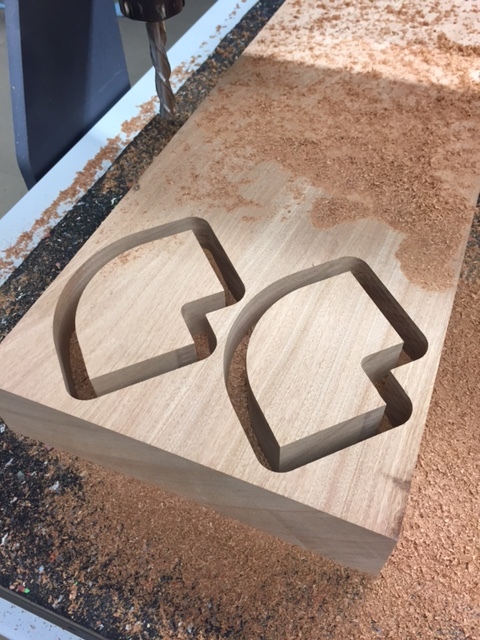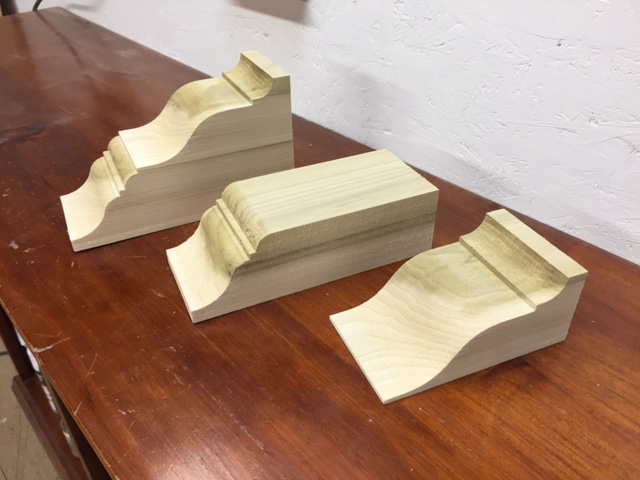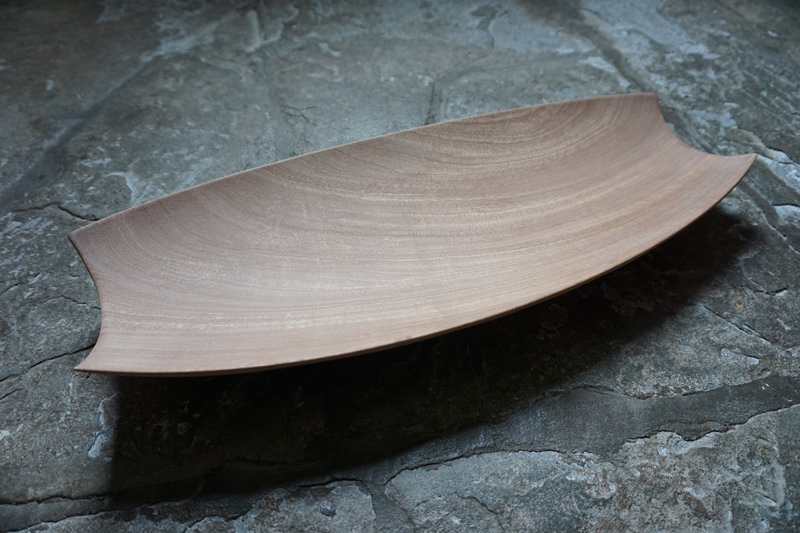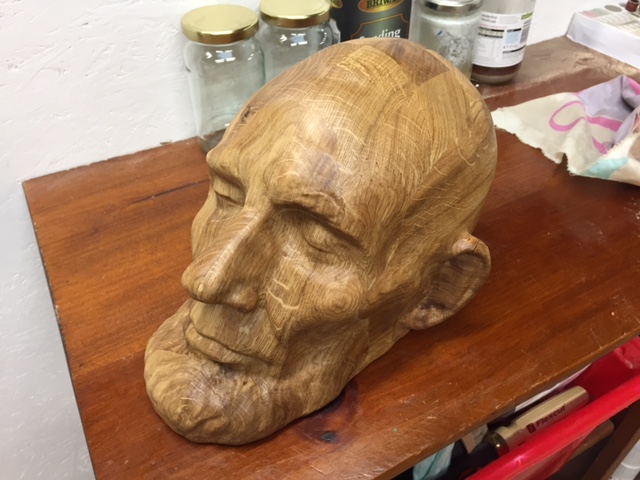Last Friday I had the pleasure of a trip to the Victoria & Albert Museum in London. While this is always a brilliant and inspiring day out, this trip was motivated by the chance to see the compact but very nicely presented exhibition entitled Plywood: Material of the Modern World
While we all know plywood is both cool and interesting, when I told friends I was going to see this exhibition they either laughed or mocked how dull it would be. I'm always befuddled by this response as in my experience almost anything can be interesting if presented by someone with a passion and knowledge for it. The V&A pretty much always manages to do this, so suffice to say I thoroughly enjoyed it.
They started the exhibit by explaining the process of how the wood veneers are cut by rolling the log onto a blade and then how these are glued with alternating grain direction which is what gives it both its strength and flexibility (literally and figuratively). The displays then progressed through each historical period that plywood has been used in, providing examples of the products that were made with it during that time. Particularly well done was how they weaved (or maybe laminated) key stages of technical development, detailing manufacturing processes and how these influenced designers and engineers.
Toward the end of the exhibition they show more recent uses of the material which included examples of things made by Wikihouse and Opendesk who do some very cool things with CNC based design and manufacturing. I got a kick out of seeing the videos of CNC's cutting out plywood parts as obviously this resonated with what I do. So in summary, the exhibition is not huge, being contained in a single hall but manages to convey the history of the use of plywood and its place both in industry and design very nicely.
Certainly if your in the vicinity of the V&A its worth going in particularly as its a free exhibit in a free to enter museum. On top of that the V&A is amazing. I previously thought given its name that it was just about Victorian things, how wrong I was. To quote wikipedia: "The Victoria and Albert Museum (often abbreviated as the V&A), London, is the world's largest museum of decorative arts and design, housing a permanent collection of over 4.5 million objects. It was founded in 1852 and named after Queen Victoria and Prince Albert." - One of the best things about it is the quality of the artifacts that they have on display along with the breadth of disciplines they cover (ceramics, woodwork, furniture, ironwork, silver, gold, jewellery, printing, sculpture etc. etc.) Add to that the discovery areas where they explain the manufacturing processes, tools and progression of these in the different mediums and you could easily spend a whole day in each department.
So in short - Plywood exhibition interesting and worth a trip (but only until November) - V&A incredible regardless.



